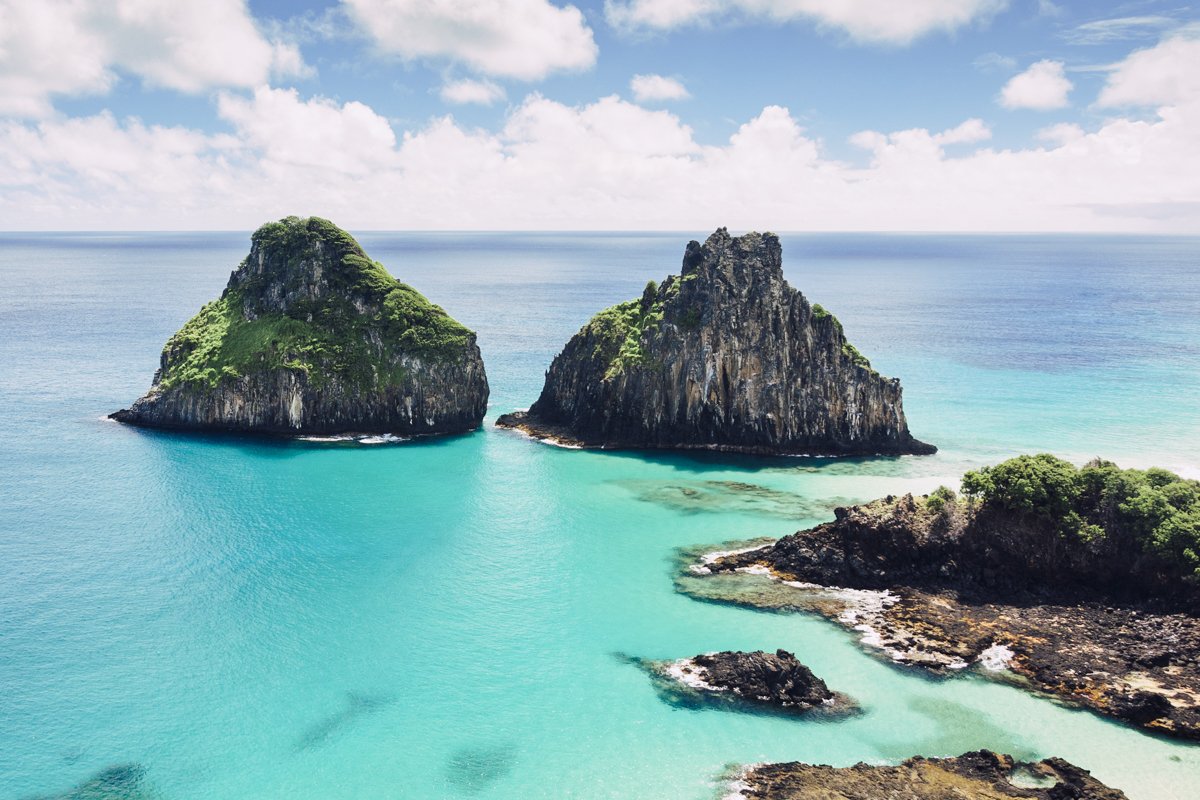Peru
Peru
From intricate tapestries to ancient architectural marvels, Peru is home to South America’s most sophisticated civilizations. The Incas left a legacy of agricultural ingenuity, spiritual wisdom, masterful artwork and elaborate cuisine that is relevant to this day.
The Incan reverence to Earth and complete equilibrium with the environment is complemented by an abundance of diverse natural wonders. The country has three distinct regions: the coastal desert, where Lima and other major cities are located; the Andean Highlands, home to some of the most intriguing indigenous communities and archeological remnant of the ancient world; and the virgin rainforest, rich in a biodiversity that is native to the Amazon.
Peru’s dramatic landscapes and sensational historical sites leave every traveler in awe. Beyond the renown archeological site of Machu Picchu, the country has even more to offer. Several sites tucked in the Sacred Valley await to be explored, from farmlands thriving with multi-colored potatoes and corn to the mystic villages of the highlands. Cusco, with its colonial charm and yet distinct Incan spirit, is one of South America’s most well preserved towns. Arequipa, the “white city” sits high on the Andean plateau guarded by three volcanoes and plays an important role in Peru’s gastronomical renaissance.
Peru’s historical and cultural sophistication reveals itself in all facets of its rich heritage, inviting travelers to delve into its mystical world.
Lima
Gone are the days when Peru’s coastal capital city was a quick layover best avoided on the way to Cusco and Machu Picchu. Today, Lima is a thriving melting pot of rich cultural heritage and some of Latin America’s most eclectic art, sounds and flavours.
The Sacred Valley
Stretching roughly 60 kilometers across the Andean Highlands, the Sacred Valley is a fertile farmland endowed with great spiritual significance for the Incas. Imposing landscapes, Incan remains, Quechua villages, and colonial towns such as Pisac and Ollantaytambo make the Sacred Valley on of Peru’s most memorable destinations.
Machu Picchu
Undoubtedly the most recognizeable legacy of Inca civilization, the ancient citadel of Machu Picchu remains a source of mystery and intrigue to this day. Built in the 15th century by Emperor Pachacutec, abandoned a century later during the Spanish conquest, and revealed to the world by Hiram Bingham in 1911, Machu Picchu is one of the greatest feats of human and architectural ingenuity in the world.
Cusco
This UNESCO World Heritage city is a charming outpost at the crossroads of indigenous, colonial and Incan history serving as the perfect introduction and point of departure to delve into the cultural patrimony of Peru. At first glance, the city is rich with ornate baroque structures left behind by the Spanish conquistadors, but dig deeper, and there’s a wealth of archaeological remains dating back to the pre-Columbine period that reveal the longstanding importance of this city across the ages.
Lago Titicaca
Straddling the border between Bolivia and Peru in the Andean Altiplano, Lago Titicaca is said to be the highest navigable lake in the world. At 3800m in altitude, these deep blue waters are home to several indigenous communities descending from the ancient Tahuantinsuyo. Titicaca holds great spiritual significance for the Quechua, who believe it to be the birthplace of the Incas and the Sun.
Peruvian Amazon
Covering about sixty percent of the country, the Peruvian Amazon Basin can be explored from the northern region of Iquitos or the southern region of Madre de Dios. Both areas are home to a large diversity of flora, fauna and indigenous settlements. The region of Iquitos best calls for a river cruise exploration when the seasonal tides ride in, whereas the low-lying region of Madre de Dios offers the chance to penetrate the dense foliage of the jungle by staying at remote, local haciendas.
Pacific Coast
Peru's Pacific coast is a painting of wild, windswept beaches, sleepy fishing villages and bohemian beachside towns perfect for unwinding, detoxing and surfing. Remote and laidback, under-the-radar locales like Mancora enjoy a near-perfect record of sunshine, great local cuisine, and just the right balance of shabby and chic.
Arequipa & The Colca Canyon
At the foothill of Misti Volcano lies Arequipa, known for its baroque colonial-era architecture built from sillar, or white volcanic stone. The ‘White City’, as locals have named it, is an effervescent cultural hub surrounded by three majestic volcanoes and a dramatic natural scenery ideal for outdoor activities such as trekking, rafting and wildlife watching in the nearby Colca Canon.
Peru’s climate is very dependant on the different landscapes found throughout the country. In general terms, the country sees two distinct seasons: a dry Winter (May - September) great for the exploring the Andean highlands, Machu Picchu and the Amazon Basin; and rainy Summer (December - March) when temperatures are warmer, but rainfall is frequent inland. The Summer season is most pleasant along the Pacific coast of Peru.
CLIMATE
Region Dependent
WHEN TO GO
Year Round
TIMEFRAME
6+ Nights
VISA REQUIREMENTS
On Arrival
LANGUAGE
Spanish
CURRENCY
Peruvian Sol
Start Planning
Our dedicated team of travel experts is ready to help you tailor this journey to your exact preferences and needs.
EXTEND YOUR JOURNEY













